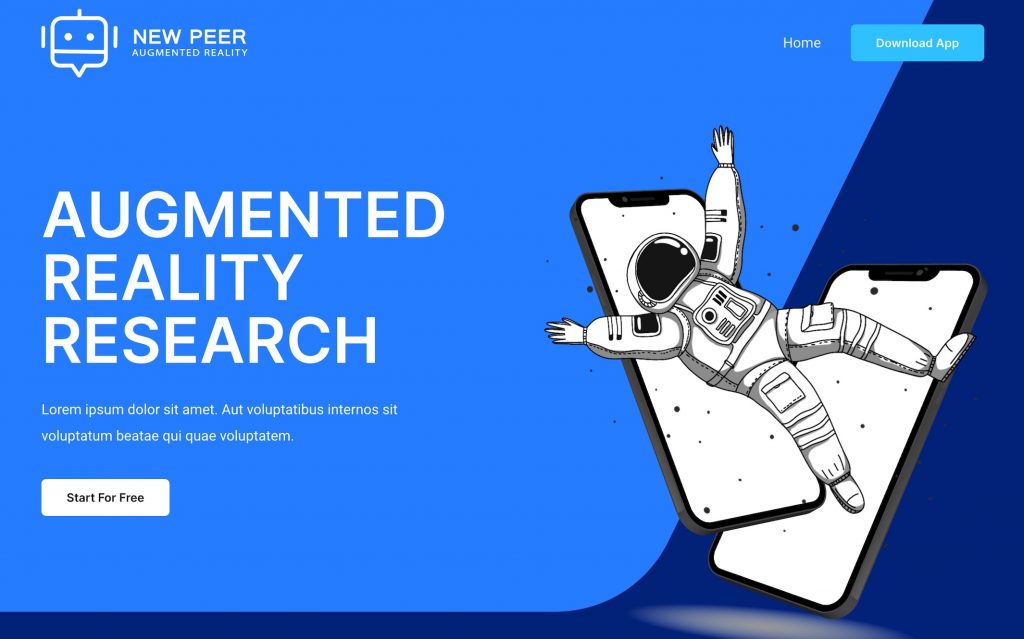
The nPear project aims to mainstream the adoption of educational AR apps by assembling a comprehensive overview of available offers, collecting best practices, creating guidelines for physical education educators and developing an online course to deliver these materials. AR is a rapidly growing market amongst the ICT technologies. AR provides an enriched view onto the physical world, adding layers with contextually useful information, delivered visually or by stimulating other senses using hand-held or wearable devices. Many industrial use cases of AR in, for example, manufacturing, construction, health, the service sector, or in trade can be found. The technology is currently being introduced in front-runner organizations at large. While the AR R&D community is growing stronger in Europe, the adoption of the technology in education is still very fragmented.

Project reference: 2021-I-PT01-KA220-HED-000032018
Project start: 01/11/2021
Duration: 24 months
Coordination: Atlantica Team
O projecto nPear tem como objectivo integrar a adopção de aplicações de REALIDADE AUMENTADA (RA) educacionais, reunindo uma visão abrangente das ofertas disponíveis, recolhendo as melhores práticas, criando directrizes para educadores de educação física e desenvolvendo um curso online para entregar estes materiais. O AR é um mercado em rápido crescimento entre as tecnologias TIC. O RA proporciona uma visão enriquecida do mundo físico, acrescentando camadas com informação útil, fornecida visualmente ou estimulando outros sentidos utilizando dispositivos portáteis. Podem ser encontrados muitos casos de uso industrial de RA, por exemplo, no fabrico, construção, saúde, sector dos serviços, ou no comércio. A tecnologia está actualmente a ser introduzida em organizações de vanguarda em geral. Enquanto a comunidade de I&D em matéria de RA está a crescer mais forte na Europa, a adopção da tecnologia na educação é ainda muito fragmentada
The vast majority of studies confirm that 21st century will bring the consolidation of virtual reality (VR) and augmented reality (AR) technologies. The consultancy PwC (Pricewaterhouse Coopers) estimates that by 2030 the volume of international business will have increased by one and a half billion dollars and the number of new jobs in the sector will have surpassed the current mark of 820,000 to 23 million. The main areas of development will be involved with the development and acceleration of industrial production processes, by eliminating prototyping phases, which from now on can very well be carried out in a virtual way, and the training and education of professionals in the areas high risk, such as military, firefighters and doctors. 5G and 6G networks and the need to transmit quality images and video has increased in the last decade with the use consolidation of smartphones, and therefore, the fifth generation of mobile networks to meet this need allows VR and AR to thrive.
For example, for firefighters, one of the tools used is Flaim, created in New Zealand, which consists of fighting fires, and it also contains devices where the user can feel the heat in the simulator. In the near future, it is already expected that, from the study of disasters or accidents, the training processes with situations that have already occurred and others simulated, will already be used. This field will also be useful for security teams in arenas and stadiums as well as at large events. Learning and the possibilities of VR and AR in creating didactic and pedagogical environments are practically endless. The Ghost Pacer tool, are Augmented Reality glasses that project a holographic adversary live in your field of vision, and with that, boost and motivate users’ performance. Having a racing partner proved to be more efficient when improving training. It also becomes possible for the athlete to train with a virtual partner anywhere and anytime, thus facilitating the scheduling of training. There are many companies working with these tools, for example, a sports technology company OZ Sports has joined forces through research of visual content with VX Poductions and launches a product with a design that improves the quality of the transmissions of sporting events that take place in the arenas that are empty due to current health restrictions. This nPear Project ends up leveraging and being part of study that is now gaining ground in the market and also in research.
